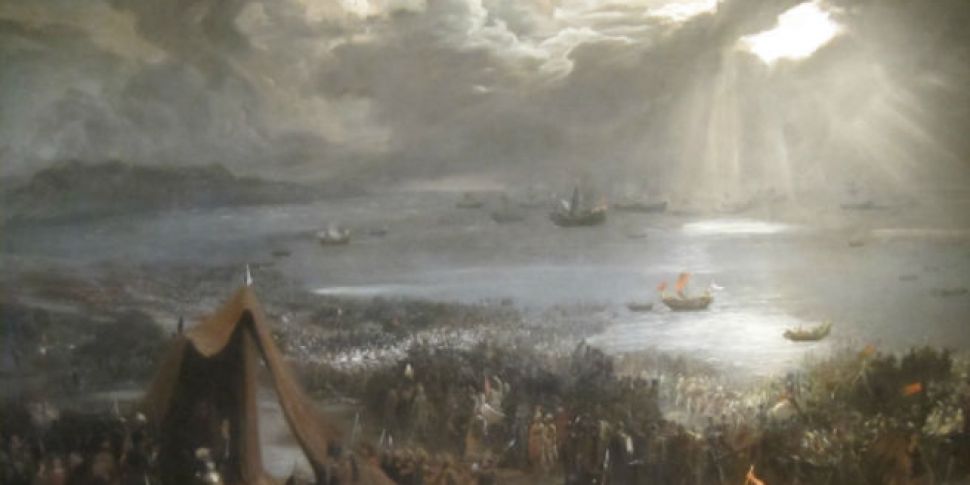It's now been an even 1,000 years since the great Battle of Clontarf. This clash, which has become a defining moment in the history of early Ireland, immortalised Brian Boru as one of Ireland's legendary figures. But many of the details of the battle are still unknown or contested - and here are some you might not know about.
It's all propaganda!
Though traditionally billed as the day Brian Boru rid Ireland of the Vikings, this is now regarded as propaganda commissioned by Brian’s grandson in Cogadh Gaedhil re Gallaibh (The War of the Irish with the Foreigners.) It was more a battle between Brian’s Munster faction and the forces of Dublin and Leinster - so if you ever hear it being compared to a rugby match, this is why!
Viking villains
History has been a bit cruel on the poor old Vikings, really. Here’s a sample description of the Vikings from Cogadh Gaedhil re Gallaibh:
You should have heard what was being said about the vikings back in the day @vikinginireland... pic.twitter.com/jsLSopbIO6
— 1014 Retold (@1014retold) April 2, 2014
In reality, the Vikings fought on both sides of the battle and later continued to live in Dublin and Ireland’s other major towns. Snakes are one thing, but ridding your country of Vikings is quite another.
The Death of Brian
It’s still up for debate as to how exactly Brian died. At 73 years of age, it seems unlikely it was due to any battlefield heroics - and while the most common story has him killed in his tent during Good Friday prayers, even this might be more Christian allegory than truth.
What we do know is that his body was taken to Swords, after which it was moved to Armagh, where he was interred in what is now St Patrick’s Cathedral.

Image: brianborumillennium.ie
Demons and the dead
Witches and demons roamed the battlefield, searching for dead bodies. Well, probably not, but that’s what some sources say. Writers do get carried away with themselves sometimes.
O'Connell's carry-on
In 1843, Daniel O’Connell planned a gathering at Clontarf, after the success of his ‘monster’ meeting at Tara. It was banned by Prime Minister Robert Peel, who no doubt objected to the parallels being drawn.
And they weren't all yellow...
Despite the name of the battle, only a small part of it was actually fought in Clontarf. The actual site of battle was closer to modern day Phibsboro. The association with Clontarf mainly comes from the Vikings using it as a landing point for their longboats. And no, they weren't blue and yellow!









